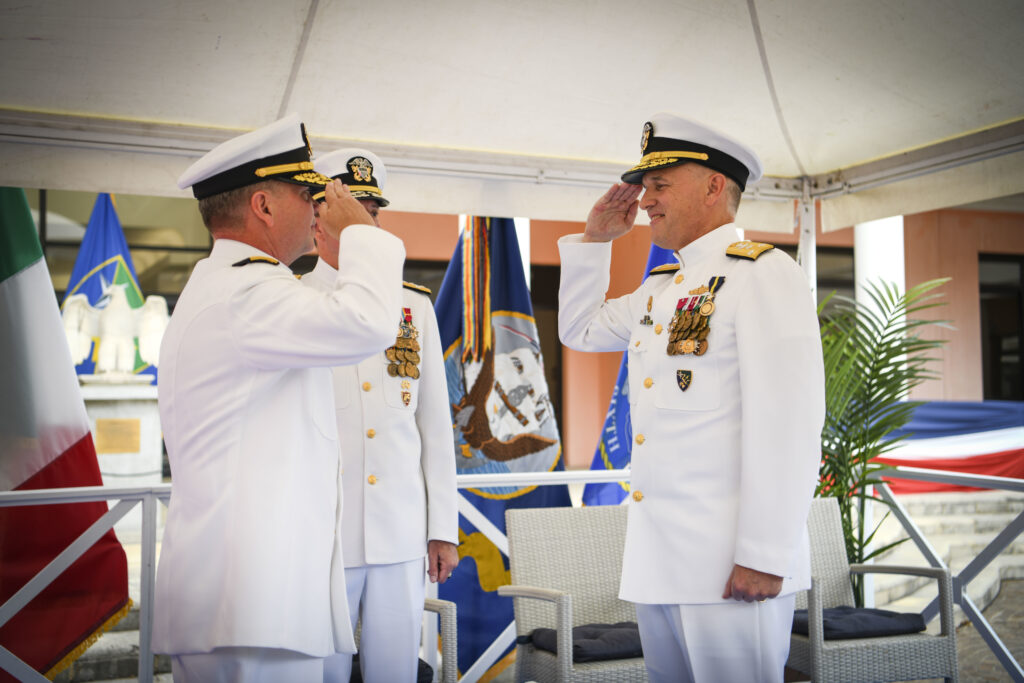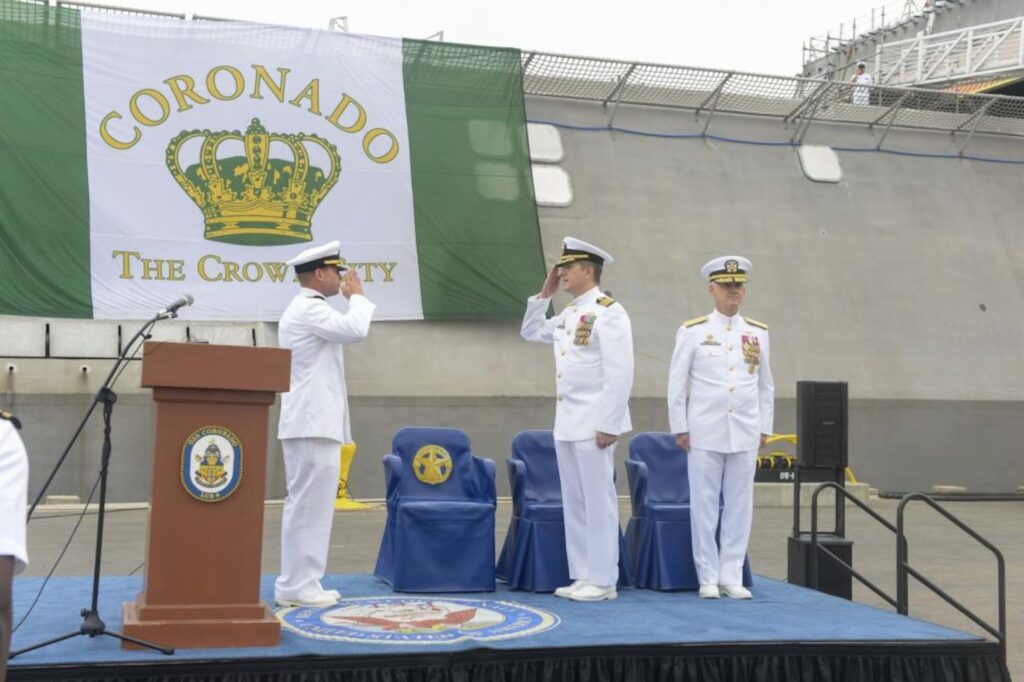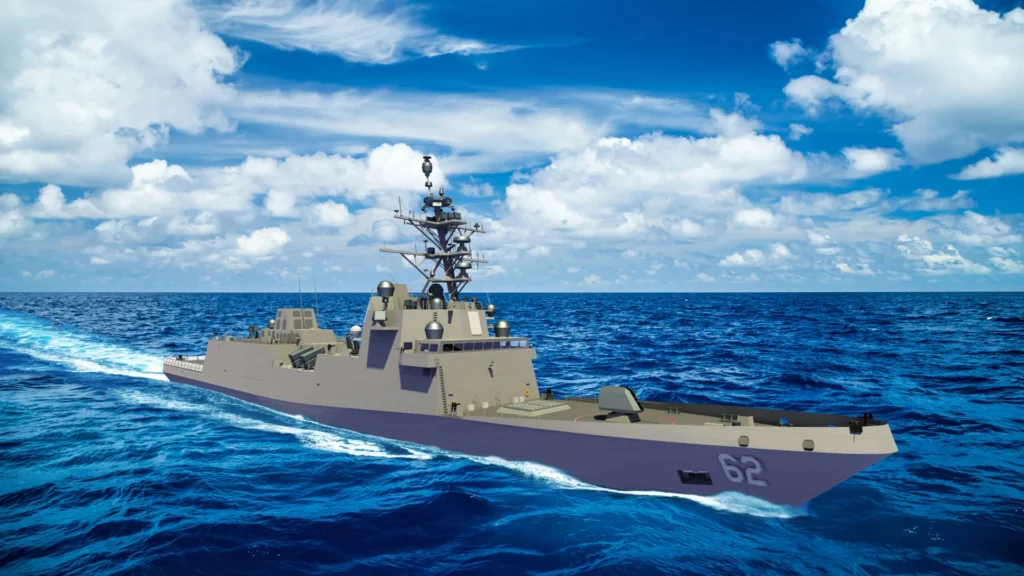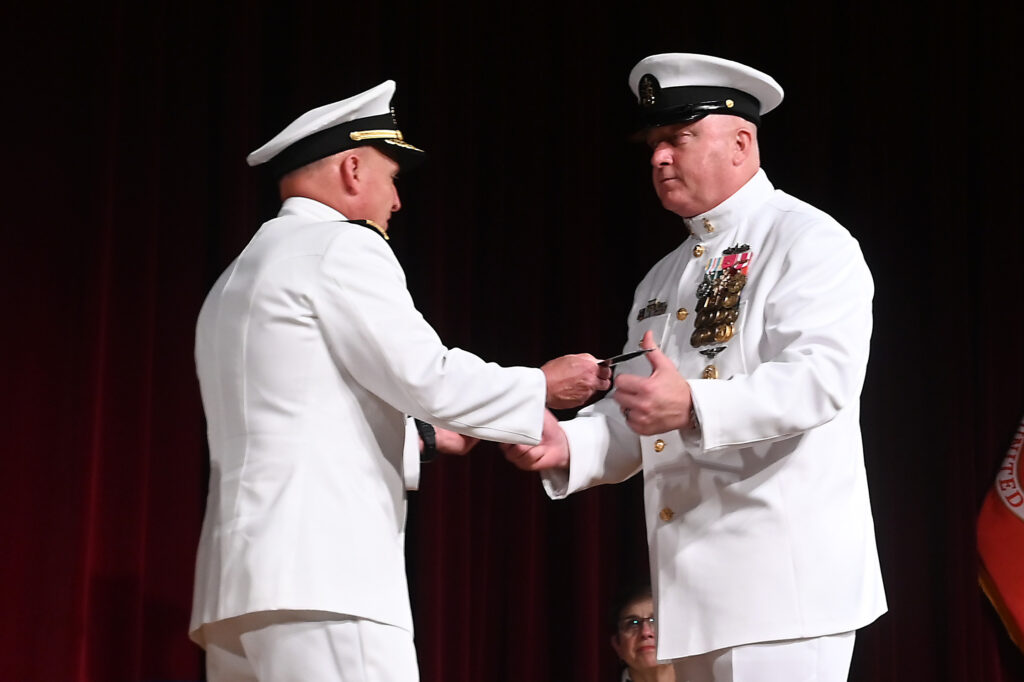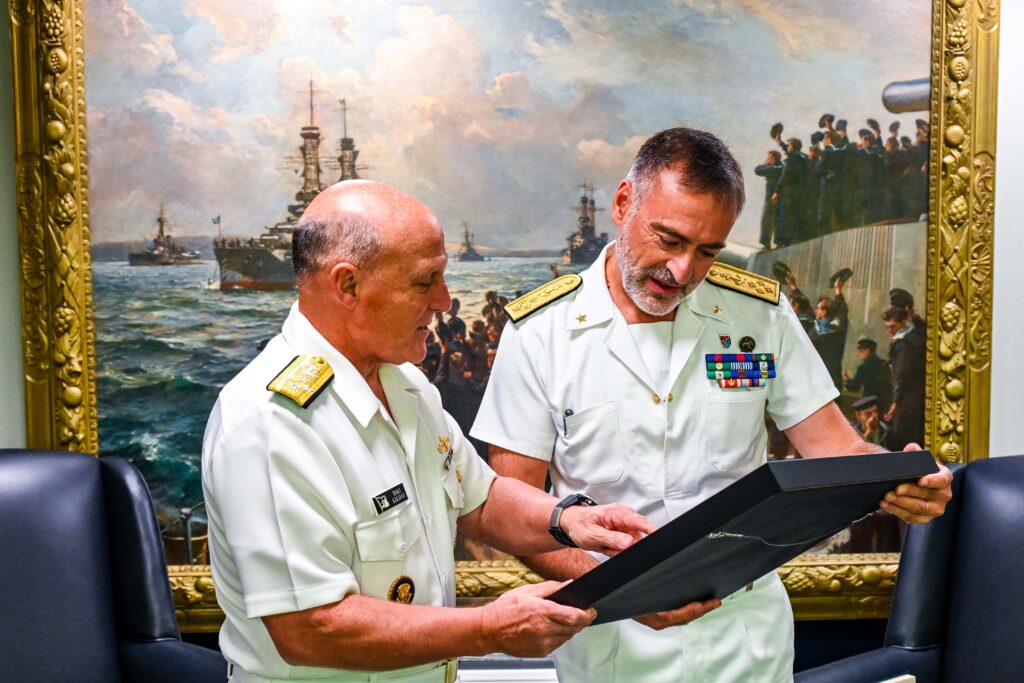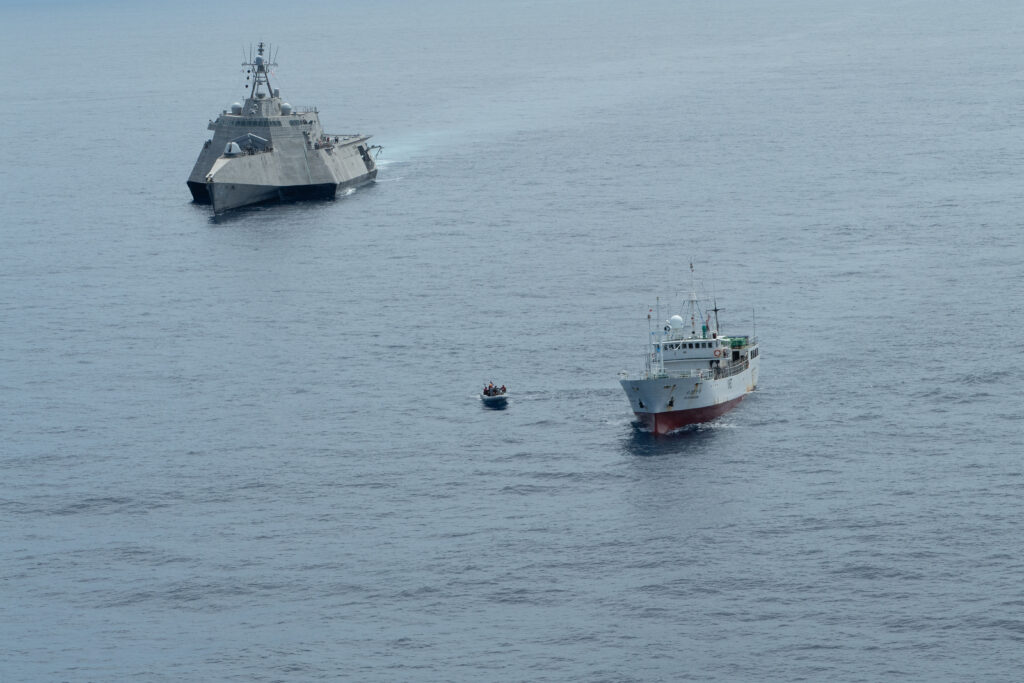ONR SCOUT Tests Tech for Monitoring Illicit Maritime Cargo
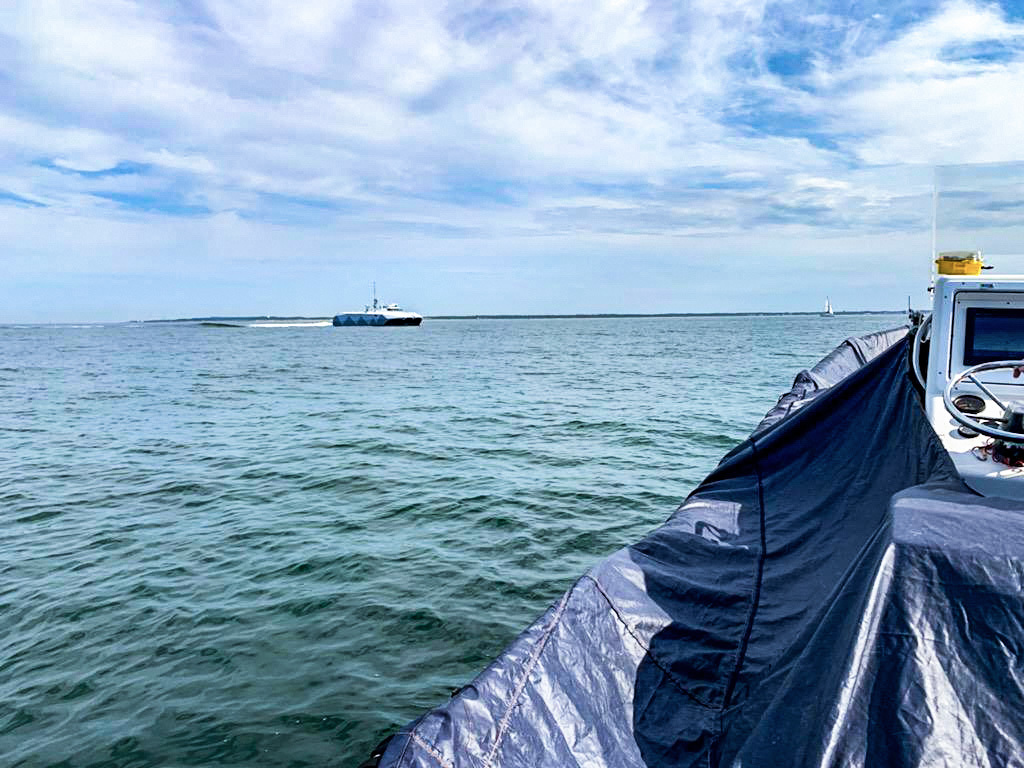
ARLINGTON, Va. — To improve capabilities for monitoring aircraft and vessels carrying illicit maritime cargo such as drugs, for longer periods of time and over greater distances, the Office of Naval Research-sponsored SCOUT initiative recently conducted a dynamic experimentation event at Joint Expeditionary Base Little Creek-Fort Story, Virginia, at the entrance of the Chesapeake Bay.
.
The goal of the event was to find creative solutions to pinpoint “dark targets” — aircraft or watercraft operating with little to no radio-frequency signatures — found in maritime operating areas covered by the Joint Interagency Task Force South, ONR said in a Sept. 19 release. It sought ways to use unmanned technologies to expand intelligence, surveillance and reconnaissance capabilities beyond those of traditional maritime patrol aircraft such as the P-3 Orion and P-8 Poseidon.
JIATF-S currently works with U.S. Southern Command and partner naval forces to leverage all-domain technologies and unmanned capabilities to target, detect and monitor illicit drug trafficking in the air and maritime domains. This facilitates interdiction and apprehension to reduce the flow of drugs, as well as degrade and dismantle transnational criminal organizations.
ONR SCOUT is an ongoing, multiagency experimentation campaign for identifying alternative ways to bring unmanned technologies to warfighter problems, operationalize them and bring them to scale. SCOUT is committed to getting nontraditional, commercial-off-the-shelf, government-developed and/or government-sponsored technologies to the fleet rapidly.
“SCOUT is an innovation vehicle and investment strategy for the rapid development of autonomous platforms that address today’s warfighter challenges,” said Chief of Naval Research Rear Adm. Lorin Selby. “Through experimentation with partners like JIATF-S, we can connect innovators, industry, acquisition professionals and fleet stakeholders to attack and solve key operational problems.”
“This is a pressing issue for JIATF-S because every day multiple suspect vessels are near and in the area of operations conducting illicit trafficking,” said U.S. Coast Guard Lt. Cmdr. Duane Zitta, JIATF-S chief of operational demonstration and experimentation. “Because of this vast area, JIATF-S is looking for alternative capabilities and technologies to provide unmanned counter-operations that can detect and monitor suspect activity, ultimately helping prevent illegal movement to the United States.”
The JEB Little Creek-Fort Story experimentation event was a partnership involving ONR SCOUT, JIATF-S, the Naval Research and Development Establishment, and industry partners in the Chesapeake Bay area. It was one of multiple sprint events (scenario-based demonstrations of technology capabilities and characteristics) held this year that will lead to a large-scale main experimentation event in March 2023.
During the Chesapeake Bay event, participants engaged in simulated drug-running and -hunting scenarios during “cat-and-mouse” games involving a specialized vessel owned by SOUTHCOM and JIATF-S, a “Gotcha” boat formerly used by drug traffickers and seized by JIATF-S, and various targets of interest.
Participants employed sophisticated sensor systems and technologies, ranging from coordinated unmanned aircraft systems to wide-area motion imagery. Data collected during the exercises was fed into an onsite maritime operations center and synthesized, providing operators with real-time information about targets and each technology’s performance.
The technology tested at JEB Little Creek-Fort Story will undergo further refinement and improvement before the March 2023 main experimentation event.
